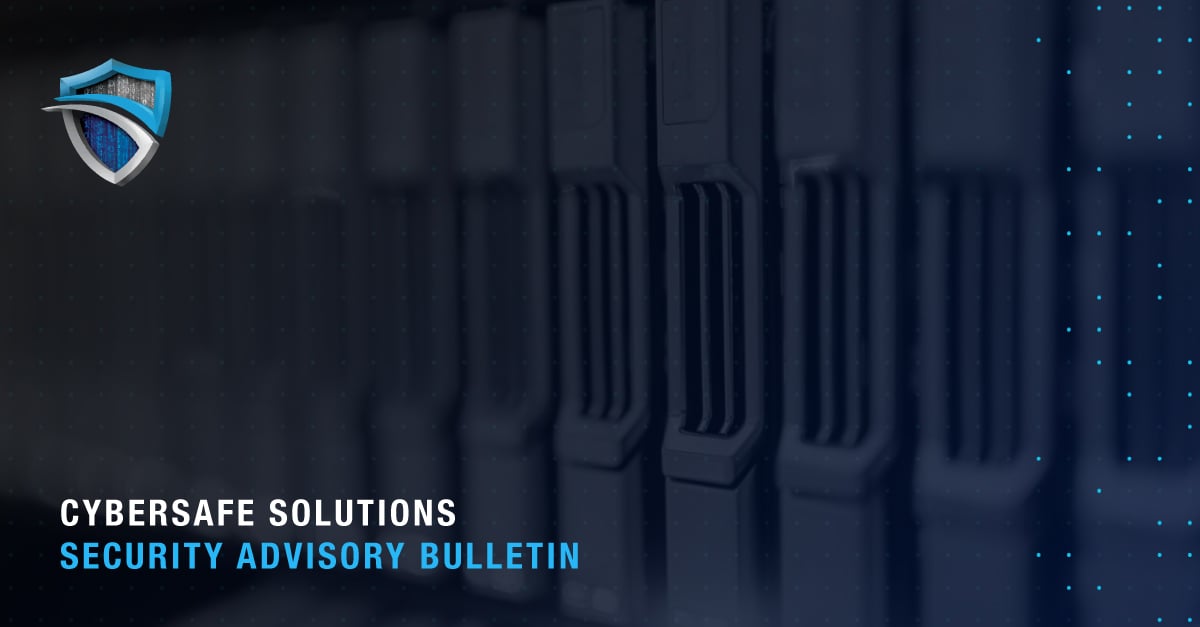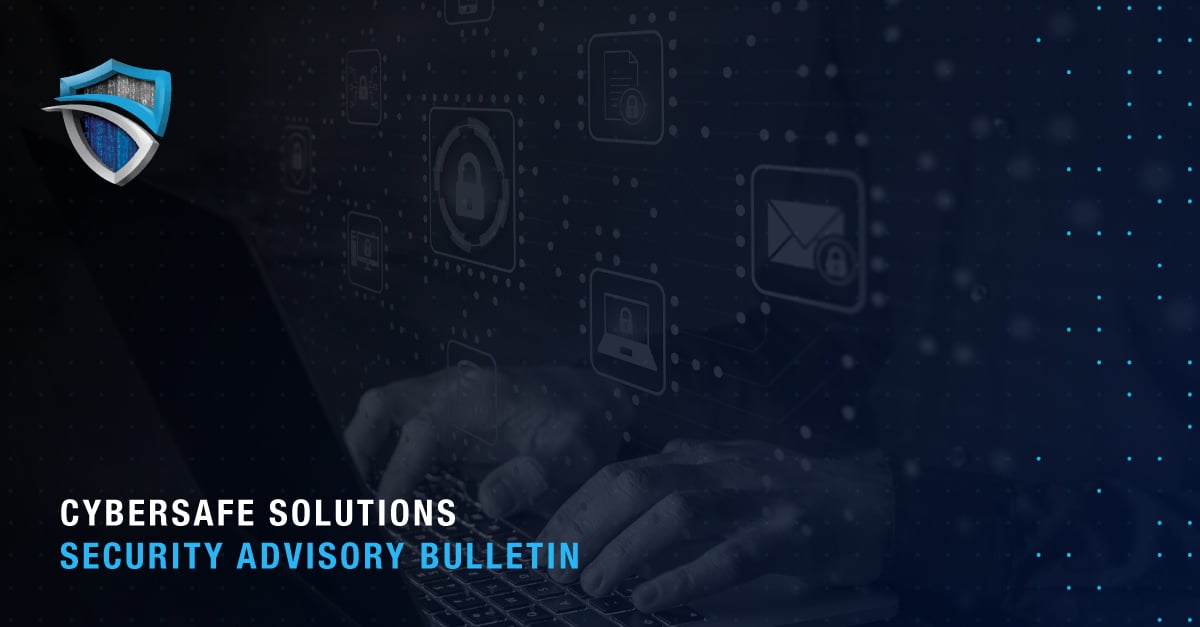Safeguarding data from unauthorized access and other cyber threats is essential. As the currency of the day, data drives decisions, fuels growth, and shapes the competitive landscape. An unwanted loss, lockdown, or breach of this key asset can be problematic, if not lethal, for most organizations.
An effective data protection strategy helps minimize the risk and consequences of loss or disclosure and helps with compliance. It’s foundational to ensuring data privacy, integrity, and availability and, as such, should be part of every cybersecurity program.
What Is a Data Protection Strategy?
A data protection strategy is a framework designed to safeguard sensitive organizational data from external and internal threats. It consists of standardized policies and procedures that support the organization's ability to operate and innovate continuously and securely in the digital landscape. In this piece, we break down the key elements of an effective strategy.
Confidentiality, Integrity, & Availability
Confidentiality, integrity, and availability, aka the CIA Triad, is a guiding model used to inform a business’s data protection strategy. Defining what each of these principles means within a particular organizational context helps express what the strategy is designed to do.
For example, for companies in the heavily regulated U.S. healthcare sector, these principles would align with the Health Insurance Portability and Accountability Act (HIPAA).
- Confidentiality could mean limiting exposure to Protected Health Information (PHI).
- Data integrity could involve keeping patient health records immune to tampering so that care and treatment decisions are based on reliable and accurate data.
- Availability would help ensure medical records are accessible when desired by authorized individuals for their purpose, regardless of system failure, cyber attack, or natural disaster—again, to ensure medical decisions are made with as much readily available information as possible.
Additionally, different data types within a business will have different Triad-element priorities. For example, the greatest risk to a go-to market strategy may be confidentiality, whereas availability may be the top priority for public-facing data such as marketing slicks or brochures. This prioritization across various data formats helps shape the organization’s overall security program.
Data Risk Management
To adequately safeguard data, an organization must initially identify known threats and the potential risks associated to their data. A comprehensive data protection strategy should address these threats by incorporating specific measures aimed at reducing and counteracting them.
Data risk management, at its most effective, is a cyclical process that continuously reviews, adapts, and improves as new insights and information become available. This iterative approach helps ensure strategies and defenses evolve in response to emerging threats and changing circumstances and maintains the organization’s resilience.
Data Lifecycle Management (DLM)
Data lifecycle management (DLM) is a process that lives within the broader scope of data protection. It can be a policy or a set of procedures that govern data handling within a business from creation through destruction. DLM helps companies maintain consistency in data treatment by standardizing practices across its footprint and workforce.
- On the policy side, DLM can present as a series of guidelines or approaches. Sticking with our healthcare organization example, a policy statement could require PHI to be further classified according to its sensitivity grade when created. This classification would determine how the information is handled throughout its lifecycle.
- As a procedure, DLM might require that PHI be collected via secure encrypted channels or digital forms with predetermined fields to ensure uniformity.
Data Access Controls
Permitting only authorized users to access or modify data is a simple idea but can go a long way in fortifying data protection. To manage access, the criteria deployed can include the following:
- Authentication. This approach verifies the identity of a user or system, typically through credentials, such as passwords, biometric data, or security tokens. It’s designed to ensure the person or entity requesting access is who they claim to be. Multi-factor authentication (MFA) adds a second layer of security to the authentication process.
- Authorization. This occurs after authentication and determines what data the user can access and what functions they can perform. It grants permissions to authenticated users based on policies or attributes.
- Role-Based Access Control (RBAC). With RBAC, access permissions are associated with user roles rather than their identity. RBAC makes managing permissions easier by enabling administrators to adjust access by changing a user’s role assignments rather than reconfiguring permissions for each user individually.
- Attribute-Based Access Control (ABAC). In ABAC, access decisions are made by evaluating rules against the attributes of the user (such as department or clearance level), the resource (such as file type or classification), and the context (such as time of day or location). The model is highly flexible, enabling dynamic permission adjustments based on a wide range of criteria.
Data Storage Management
Effective data storage is essential to optimizing business operations and ensuring compliance where relevant. It can cover various archiving protocols related to on-premise servers, cloud storage, and hybrid systems.
Adopting a Hierarchical Storage Management (HSM) solution helps storage efficiency by automating data movement between higher and lower-performance storage mediums. Important data that are accessed frequently can be kept on faster, more reliable storage, such as Solid State Drives (SSD), High-Performance Hard Disk Drives (HDD), Network-Attached Storage (NAS), or flash arrays. Less critical data can be moved to storage areas with slower access.
Safeguarding storage media can also involve multiple layers of protection, including the following:
- Physical Security. Boost server room security by limiting access to authorized personnel with key cards or biometric scanners, installing surveillance cameras for activity monitoring, and implementing climate and fire suppression systems for environmental protection.
- Network Security. Strengthen network security by deploying firewalls to monitor and control network traffic and intrusion detection and prevention systems to identify suspicious activity. Hardening server configurations can also help minimize vulnerabilities.
Other measures include encryption for at-rest and in-transit data, regular software updates, and patch management.
Finally, regular storage audits help identify inefficiencies and ensure compliance with data protection regulations, leading to a more streamlined, secure, and cost-effective data storage management strategy.
Backup & Recovery
A robust backup and recovery strategy is critical to business continuity and incident recovery. Specifically, it can help mitigate the fallout from data corruption via malware, data loss (accidental or deliberate), and ransomware-based inaccessibility, among other threats. Elements include:
- Regularly backing up (and recovering) data to ensure it’s always available.
- Employing the 3-2-1 rule as a backup protocol: 3 copies of data (original plus two backups); 2 different types of backup storage media, cloud storage service and SSD, for example; and 1 copy offsite or disconnected from the corporate network. This last component ensures an air gap is present between the backup and the network, which enhances security against network-based threats.
- Storing backup copies off-site or in secure cloud storage also protects against data loss due to physical disasters.
- Developing and testing a disaster recovery plan to ensure quick restoration of data and services in case of a significant incident.
Data Breach Prevention
According to Verizon’s 2023 Data Breach Investigations Report, a data breach is an incident resulting in the confirmed disclosureーnot just potential disclosureーof data to an unauthorized party. This can occur intentionally or unintentionally via theft, leakage, or human error. Think of sending sensitive information to the wrong recipient, misconfiguring databases or servers that expose data to the internet, or losing unencrypted devices containing sensitive data.
While all the elements discussed here help prevent and mitigate data breaches, other specific safeguards include data encryption, antivirus software, anti-malware solutions, perimeter security hardware and software, network segmentation, email filtering, access management software, user training and awareness (discussed below), and more.
User Training & Awareness
The aforementioned Verizon study reports that the human element was a factor in 74 percent of data breaches examined.
Even well-meaning employees can unintentionally render an organization vulnerable to cyber threats. As such, a user training and awareness program should be a key component of any robust data protection strategy.
This could include comprehensive education on recognizing and responding to cyber threats, such as phishing, malware, and social engineering attacks. It would also involve regular updates, training sessions, and simulations to keep pace with evolving cyber threats and reinforce the importance of following organizational security policies and best practices.
Building a Secure Data Environment
Finally, an effective data protection strategy is not just a necessity but a critical investment in today's digital age, where data is both a valuable asset and a potential liability.
Integrating key principles such as confidentiality, integrity, and availability into your strategy is crucial. By combining these with thorough risk management, lifecycle management, and ongoing user education, you can develop a strong cybersecurity framework. This will not only protect against cyber threats but also bolster your organization's operational capabilities. Your ultimate aim should be to create a secure environment where data not only remains protected but also drives innovation and growth within a secure and compliant structure.
Cybersafe is a leading MSSP providing unmatched continuous monitoring, risk assessment, incident response, and more. For more about how to bolster your cybersecurity posture with our services, schedule a consultation or contact us today.




